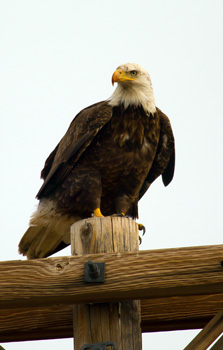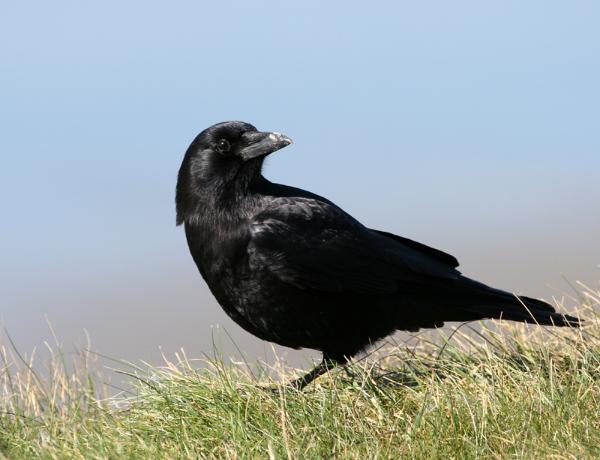 A Utah Division of Wildlife Resources press release says that West Nile virus killed over 20 bald eagles near the Great Salt Lake in Utah last month.
A Utah Division of Wildlife Resources press release says that West Nile virus killed over 20 bald eagles near the Great Salt Lake in Utah last month.
The eagle deaths are unusual in several ways. First, West Nile virus tends to be most active in the summer months when infections are spread by mosquitoes. Second, while West Nile virus is typically spread by mosquitoes, Utah wildlife officials think that this time the eagles got infected after eating eared grebes that had made a migration stop on the Great Salt Lake. (About two million eared grebes visit the lake during migration.)
The smart money was on avian cholera or even avian vacuolar myelinopathy causing the deaths, but testing in two different labs, including the National Wildlife Health Center in Madison, Wisc., showed that neither of these diseases was the cause.
The press release quotes a state epidemiologist saying that there is “no risk” to human health from the outbreak because humans typically get West Nile from mosquito bites, and mosquitoes aren’t active in Utah at this time of year.
Read the Utah Department of Wildlife Resources release, here.
Find a list of media coverage of the mortality event and the West Nile diagnosis, here.
Photo: A bald eagle in Utah. Photo by Lynn Chamberlain

